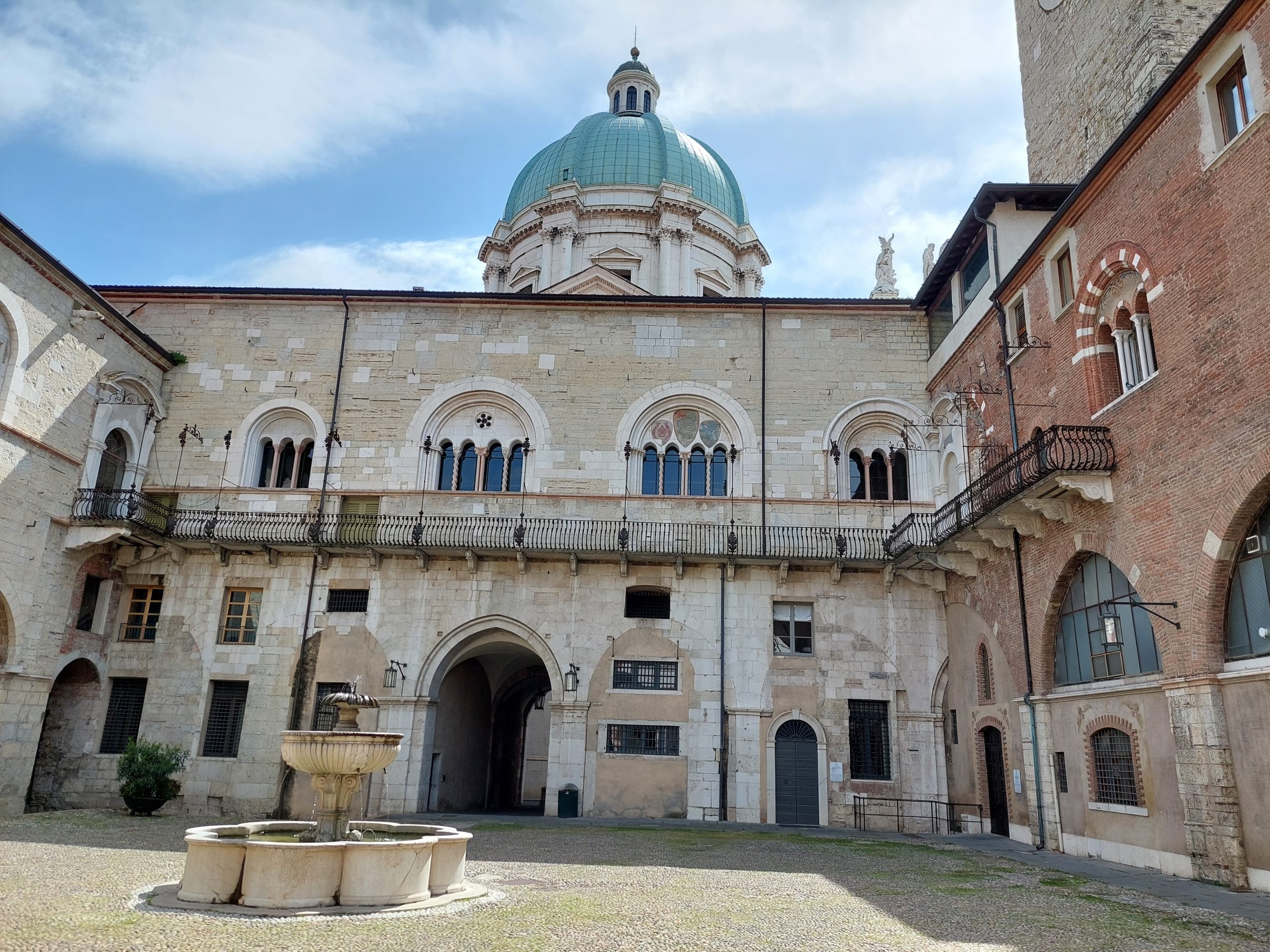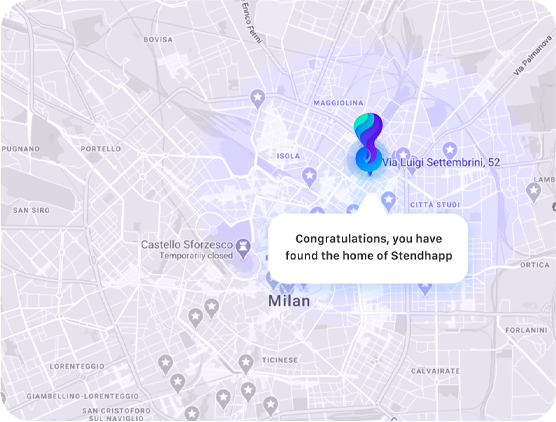Those of you who have had a chance to visit Brescia, perhaps during the period when it was capital of culture along with Bergamo, will know that it is an unexpectedly fascinating city, with an amphitheater and forum from the Diocletian era that are UNESCO World Heritage Sites.
You may know that ancient Brixia, in Paul VI Square – who was born in Concesio, Brescia – sports no less than two cathedrals, as per the fashion collections, one summer and one winter. The winter one, Romanesque from the 12th century, is the largest in the world with a round plan, incredibly beautiful, so much so that it makes the new cathedral-which is also a splendid Baroque church with one of the largest domes in Italy-look almost trivial.
You will know that the monumental complex of Santa Giulia is much more than a museum, it is a 30-plus-century-long journey through the history of the city and its territory: from the Paleolithic to the Bronze Age on the traces of Ligurians and Camuni, from the Roman domus to the basilica of San Salvatore – built by the Lombard king Desiderius to construct the remains of the martyr Julia, from the 14th-century frescoes of the choir of the Nuns with the splendid cross of Desiderius and its 212 gems, to the contemporary art of Michelangelo Pistoletto and Emilio Isgrò.
Brescia, also famous as a city symbolic of the state massacres of the 1970s’, with the still-open wound of Piazza della Loggia after 50 years: in one corner of the square a damaged pillar is visible at the spot where the bomb exploded and, not far away, a sign bears the words spoken from the stage at the time of the explosion that took place during a demonstration against neo-fascist terrorism “A bomb: help ..stop, be still.” The 16th-century Palazzo della Loggia designed by Palladio and Sansovino, with its Vanvitellian hall, ends up in the background, because Brescia is a city that does not forget. So much so that it carries an Adamello boulder to Piazza della Vittoria in memory of the fallen of the Great War and lovingly cultivates in the courtyard of Santa Giulia a kaki tree born from the seed of a tree that miraculously survived the atomic bombing of Nagasaki in 1945.
Spending even a few hours there, one clearly perceives the proud spirit of the city, a gold medalist for resistance during the Ten Days of 1849, which earned it the appellation “Lioness of Italy”: by Aleardo Aleardi first, “Brescia grande e infelice,” and twenty years later by Carducci “Lieta del fato Brescia raccolsemi, Brescia la forte, Brescia la ferrea, Brescia leonessa d’Italia beverata nel sangue nemico.”
And so, through so much history, what holds Brescia and Chicago together? To find out, you have to go to Piazza Vittoria, where you will find the first skyscraper built in Italy, which, at 57m high, was the tallest reinforced concrete building in Europe at the time: the INA tower, built in 1932 to a design by archistar Marcello Piacentini, who reorganized the square and the entire historic center from an urban planning point of view.
In 1922 Piacentini had participated in the competition to build the Chicago Tribune Tower, along with big names of the time, including Loos, Gropius, and Meyer. Piacentini did not win the competition, but from that time he developed a great interest in reinforced concrete tower blocks and decided, first in Europe, to apply that same technique in Brescia. Curiously, however, at the behest of the regime, every effort was made to avoid any reference to American skyscrapers, calling it Torrione, Edificio Multipiano and Casa Alta.
Initially the design called for 12 stories, but Piacentini decided to add the 13th floor during construction, perhaps to surpass Chicago’s first skyscraper, the Home Insurance Building, which had only 12. The tower was inaugurated with pomp and circumstance in 1932, with the rhetoric typical of those years: an Istituto Luce newsreel tells us that Benito Mussolini challenged the skyscraper’s ultra-modern elevators by walking up the thirteen floors of the Torrione to the rooftop terrace, leaving behind numerous pursuers, none of whom dared to overtake him, who knows why…





